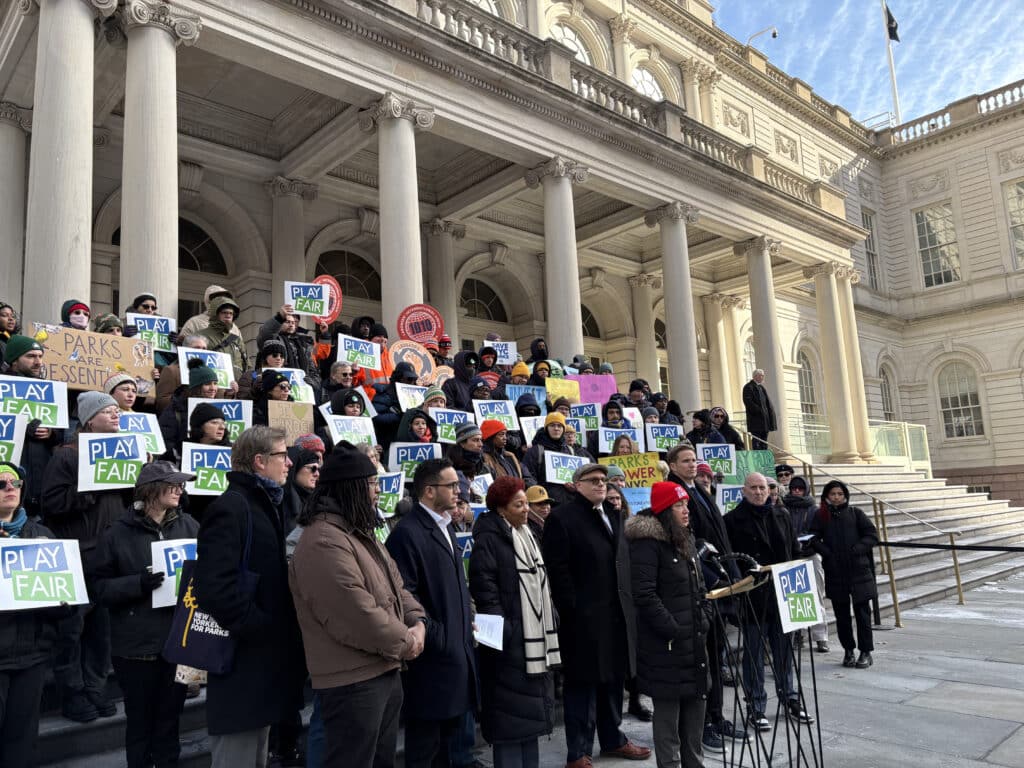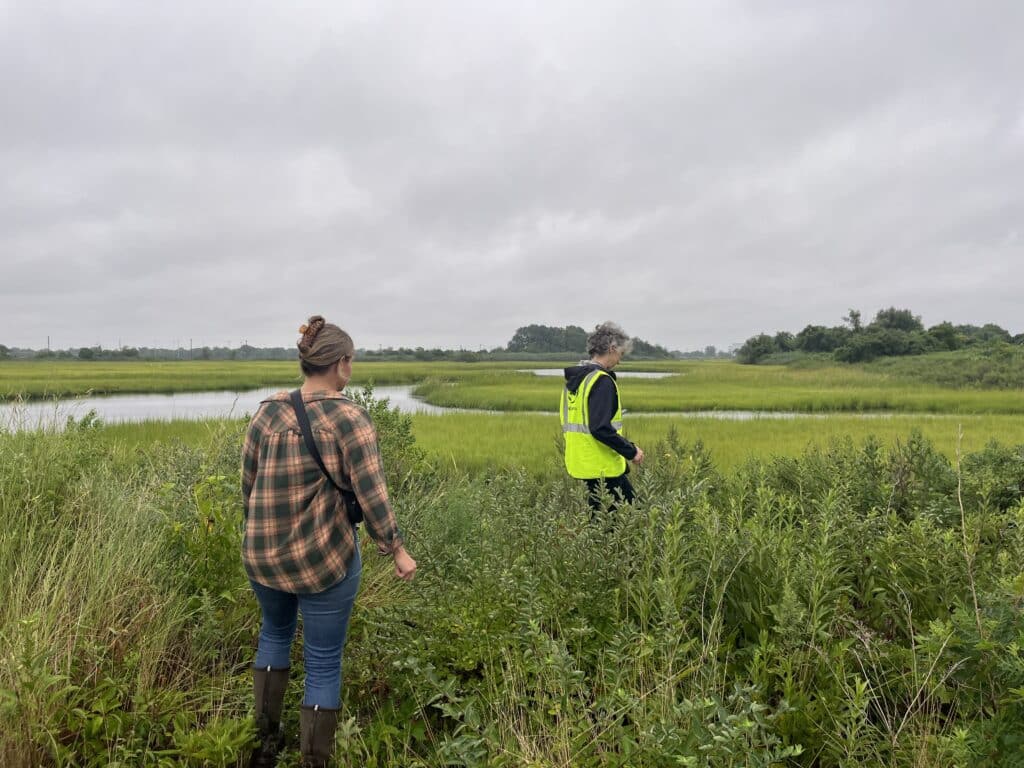Protecting Urban Forested Natural Areas: Strategies for Conservation in Cities
By Sam W. Lawson, Sophie Plitt
By Sam W. Lawson, Sophie Plitt
This report summarizes the main threats to one type of urban natural area–forests–and the strategies cities use to minimize or negate these threats. Overall, this report shows that cities use various tactics such as ordinances, zoning, land acquisitions, and federal protections to preserve natural areas. The most successful approaches feature overlapping strategies protecting both individual trees and land from being cleared or developed. Based on these findings, this report proposes a toolbox approach, where each city tailors various strategies to craft a comprehensive protection strategy that works for their city, keeping in mind that not all protection strategies protect forests in totality. Using the case studies and methods outlined in this report, cities can evaluate, strengthen, and add to their own toolboxes. This process begins with an assessment of the laws and policies currently in place protecting forested natural areas. We hope that this report is helpful for practitioners and decision makers, particularly those who influence local policy, to gather new ideas about how to protect forested natural areas in cities across the country.

Urban natural areas are crucial for enhancing city livability and environmental health but are often overlooked, underfunded, and missing formal protection, which leads to loss of ecological benefits, missed opportunities for community engagement and nature access, and overall loss of natural areas. Governance structures for urban forested natur...

In New York City, tidal wetlands are a critical part of coastal resiliency and provide numerous ecological and social benefits. State and federal wetlands mitigation regulations require that development resulting in wetland impacts offset those losses through wetland creation, restoration, and enhancement – with a ...

This report presents a comprehensive overview of the challenges, benefits, and potential funding sources for urban forested natural areas in the United States. It emphasizes the critical need to diversify funding sources for these underfunded areas, which are distinct from other urban green spaces due to their size, biodiversity, and ...
